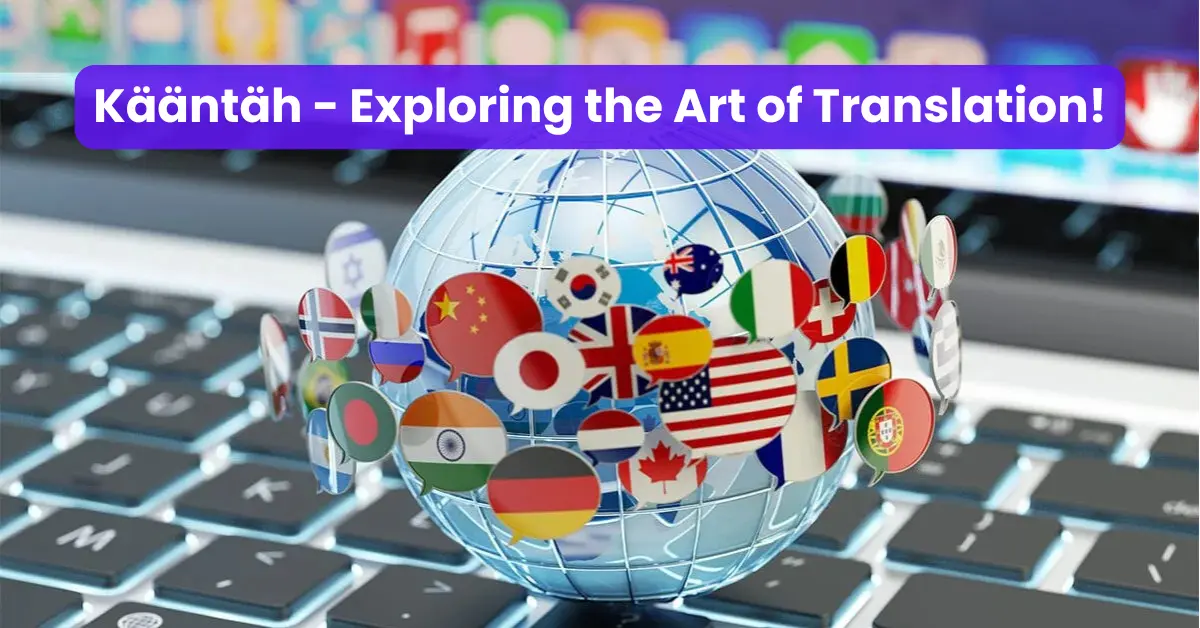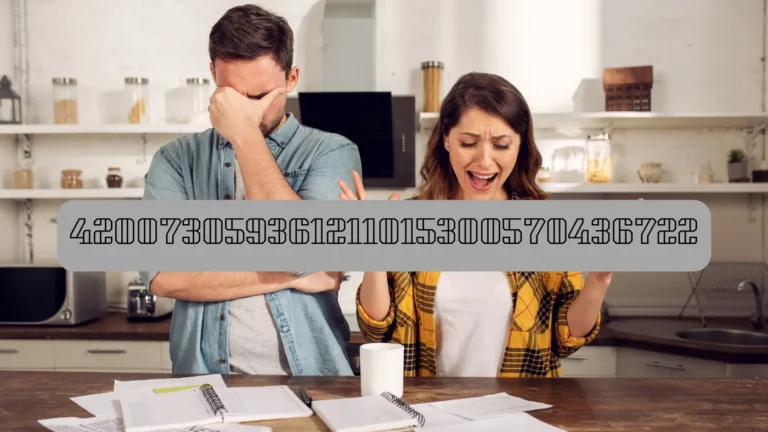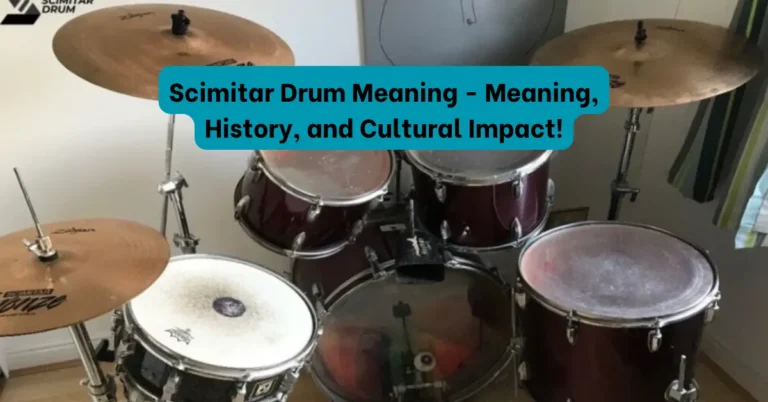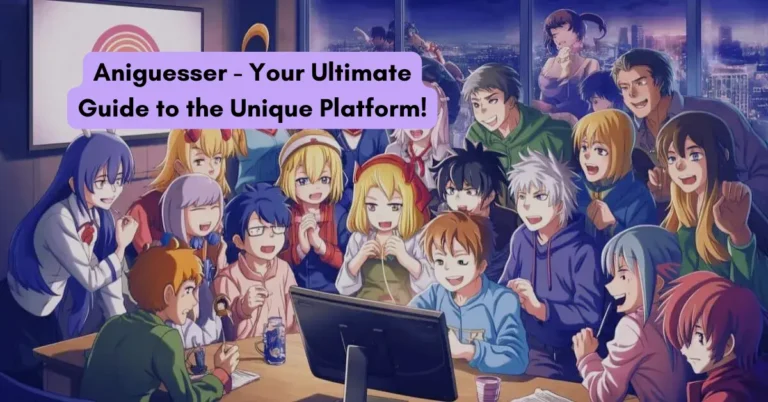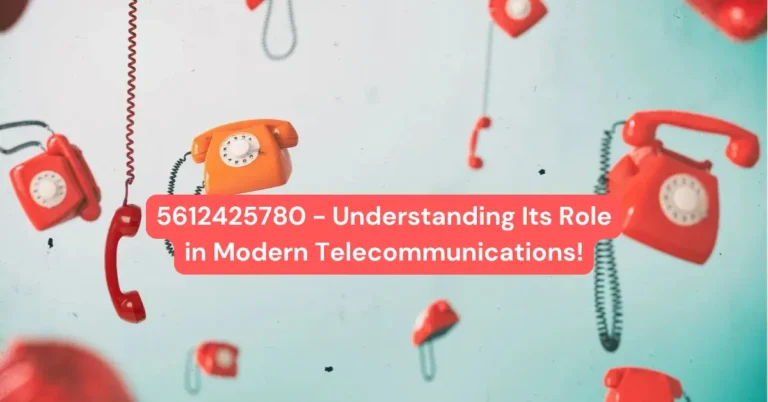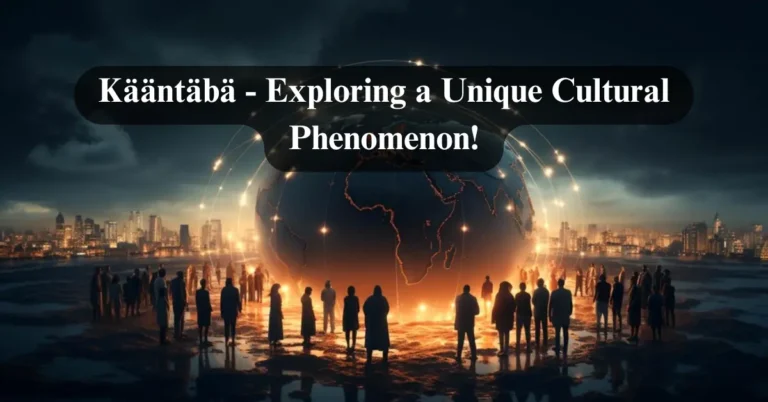Kääntäh – Exploring the Art of Translation!
Kääntäh, the art of translation, enables the conversion of content across languages. It bridges cultural gaps, preserves heritage, and facilitates global communication by making complex ideas accessible to diverse audiences.
Table of Contents
Introduction about Kääntäh:
Kääntäh, the art of translation, is the process of converting written or spoken content from one language into another. This process is essential for connecting people and cultures across the world. Whether for business, education, entertainment, or daily communication, Kääntäh helps us share ideas and information.
Understanding the Origins of Kääntäh:
Historical Roots
The origins of Kääntäh can be traced back to ancient times when civilizations like Egypt, Mesopotamia, and Greece relied on translation to communicate. Ancient scholars translated religious texts, trade agreements, and literary works, which helped spread knowledge between cultures.
Cultural Significance
Translation has always been more than just changing words; it’s a way of sharing culture and knowledge. Through Kääntäh, people can understand new ideas, read foreign literature, and learn about different customs, making the world more connected.
Unique Features of Kääntäh
Kääntäh is not just about translating words. It involves understanding the culture, emotions, and context behind the text. This makes translation both an art and a science, requiring translators to think carefully about every word choice to ensure the meaning is preserved.
Also Read: A True Relationship Is Two Imperfect People Refusing – Tymoff – Complete Guide!
Historical Evolution of Kääntäh:
Early Beginnings
Early Kääntäh revolved around translating religious texts, especially in cultures like ancient Greece and Rome. For example, religious texts like the Bible were translated into different languages, helping spread religious teachings across borders.
The Reformation and Renaissance Influence
During the Reformation and Renaissance periods, translation became key in spreading new ideas. The translation of works by scholars and scientists made knowledge more accessible, contributing to the growth of modern science, philosophy, and literature.
Modern Era and Globalization
In today’s globalized world, Kääntäh plays a central role in international communication. The internet and digital tools have made translation faster and more widespread, enabling people around the world to share information, work together, and do business.
Benefits of Practicing Kääntäh:
Cognitive Benefits
Practicing Kääntäh strengthens the brain. It improves problem-solving, memory, and creativity, as translators must think in multiple languages and find the best way to express ideas clearly.
Emotional Well-being
Translation can also improve emotional intelligence by helping translators see things from different perspectives. Understanding the meaning behind words from another culture can build empathy and understanding.
The Cultural Significance of Kääntäh:
Preservation of Cultural Identity
Kääntäh helps preserve culture by translating books, poems, and historical documents. This ensures that future generations can learn from and appreciate their cultural heritage, even if they don’t speak the original language.
Bridging Cultural Gaps
Kääntäh brings people closer by helping them understand one another. It breaks down language barriers and allows people to engage with new ideas, customs, and beliefs, making the world more inclusive.
Enhancing Language Development
Through translation, new words and phrases are introduced to languages. Kääntäh enriches languages by adding new concepts, making both the source and target languages grow.
Also Read: Door Hinge For Orange Sort Of – A Comprehensive Guide!
Methodologies and Techniques in Kääntäh:
Literal vs. Free Translation
In Kääntäh, there are two main approaches: literal and free translation. Literal translation involves translating word-for-word, while free translation focuses more on meaning than on specific words. Both methods are useful, depending on the text being translated.
Idiomatic Expressions
Idiomatic expressions, or phrases that have special meanings (like “it’s raining cats and dogs”), can be tricky to translate. A skilled translator must find the best way to express the same meaning in the new language.
Maintaining Stylistic Consistency
When translating, it’s important to keep the original style and tone of the author. Whether it’s a formal speech or a casual blog post, the translation should reflect the same mood and intent.
Modern Applications of Kääntäh
Kääntäh in Contemporary Art
Translation in art allows for the sharing of literature, poetry, films, and plays across the world. It helps audiences appreciate works of art they wouldn’t otherwise be able to enjoy.
Kääntäh in Everyday Life
From translating instructions on products to subtitles in movies, Kääntäh impacts everyday life in countless ways. It helps us understand things in other languages and makes global communication easier.
Computer-Assisted Translation (CAT) Tools
CAT tools help translators by storing phrases and sentences that have been translated before. This makes the translation process faster and ensures consistency in large projects.
Machine Translation
Machine translation tools like Google Translate can provide quick translations, but they are not always accurate. While they are helpful for basic communication, human translators are still needed for accurate, culturally sensitive translations.
Collaborative Platforms
With the internet, translators from all over the world can work together on collaborative platforms. This improves the quality of translations by allowing experts to share knowledge and solve problems together.
Challenges in Kääntäh:
Linguistic Complexity
Grammar rules and sentence forms change among languages. This can make it difficult to translate certain ideas without changing the original meaning. Translators must be highly skilled in both languages to handle these challenges.
Cultural Differences
Cultural differences can also make translation difficult. A word or phrase that is acceptable in one culture may not be appropriate in another. Translators must consider these cultural nuances when working.
Maintaining Authorial Voice
It’s important for translators to preserve the author’s voice and style. This is especially challenging when translating literature or creative works, as the translator must balance being faithful to the original text with making it understandable in the new language.
Ethical Considerations
Translators sometimes face ethical challenges, such as how to handle sensitive or controversial material. They must carefully consider how to present information in a way that respects both the original text and the target audience.
Also Read: Mysmdc SSO – Simplifying Educational Access with One Login!
The Future of Kääntäh:
Embracing Multilingualism
As the world becomes more interconnected, the need for multilingualism is increasing. Kääntäh will continue to play a key role in helping people from different language backgrounds communicate and collaborate.
Advancing Translation Technology
Advances in artificial intelligence and machine learning are improving translation tools, making them faster and more accurate. However, human translators will remain essential for ensuring cultural sensitivity and context.
Promoting Translation Education
As demand for skilled translators grows, more educational programs are focusing on translation studies. These programs teach future translators both linguistic skills and cultural understanding.
Fostering Cross-Cultural Understanding
Kääntäh will continue to foster global understanding by breaking down language barriers. In an increasingly diverse world, translators will play a key role in promoting peace, tolerance, and mutual respect.
FAQs:
1. What makes Kääntäh different from other forms of translation?
Kääntäh focuses not only on converting words but also on capturing cultural nuances, emotions, and context, making it an art that requires deep understanding of both language and culture.
2. How does Kääntäh contribute to preserving endangered languages?
By translating texts and preserving cultural stories, Kääntäh plays a role in keeping endangered languages alive, ensuring their heritage is passed down to future generations.
3. Can Kääntäh be used in art and creative expression?
Yes, Kääntäh is crucial in translating literature, poetry, and even films, allowing global audiences to experience and appreciate artistic works from different cultures and languages.
4. How does Kääntäh bridge cultural differences?
Kääntäh breaks down language barriers, enabling people to understand each other’s customs, values, and ideas, fostering cross-cultural communication and reducing misunderstandings.
5. What role does Kääntäh play in modern globalization?
Kääntäh facilitates international business, education, and diplomacy by making global communication efficient and accessible, contributing to a more interconnected world.
Conclusion:
Kääntäh is a crucial tool for connecting cultures and ideas across languages. By making knowledge and information accessible globally, it fosters cultural understanding and communication. With growing multilingualism and advancing technology, Kääntäh will continue shaping how people collaborate, learn, and engage with the world, ensuring that translation remains an essential part of global progress and cultural preservation.

